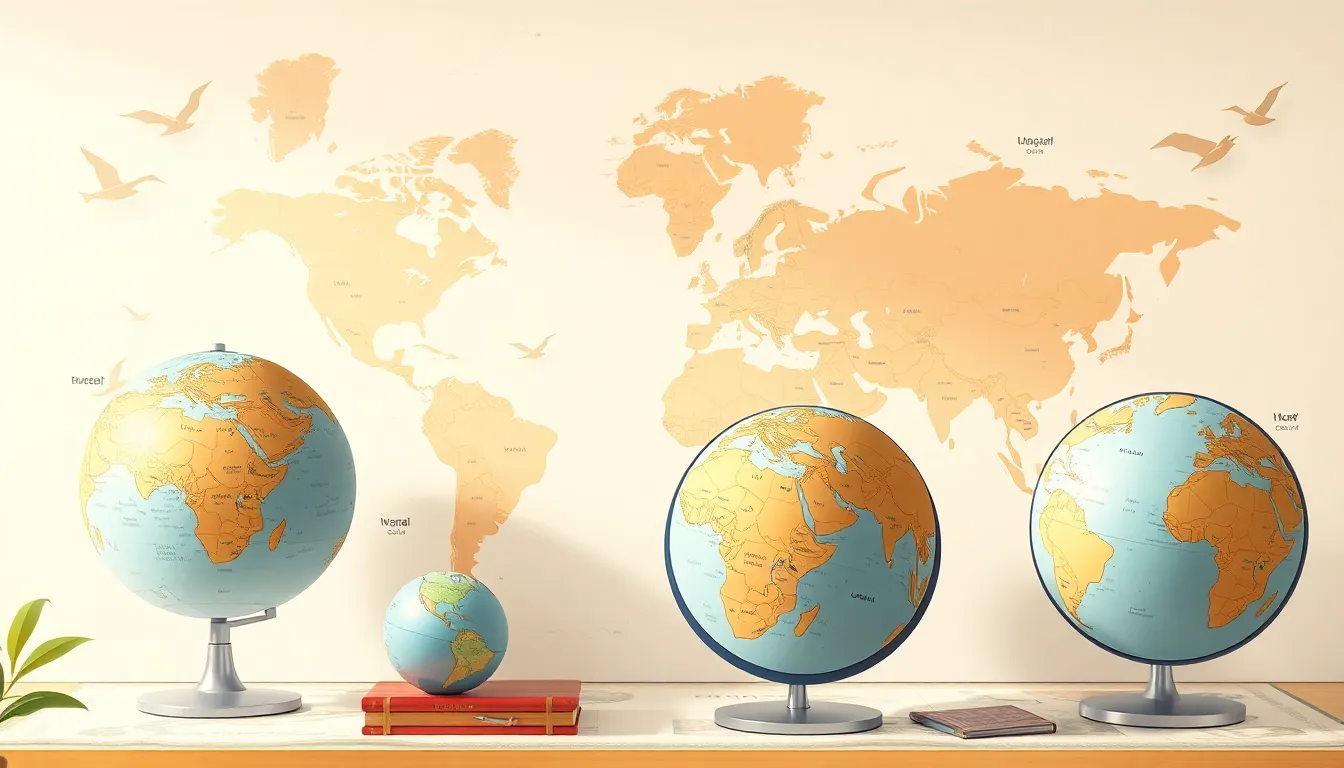
Economic Geography for Middle School Explorers
What Is Economic Geography (Middle School Edition)?
Economic geography looks at how people use the land and why different places have different jobs and businesses. For middle school explorers, it ties world maps to real-life questions such as:
- Where are farms, factories, and shops?
- Why do some towns grow while others stay small?
By studying maps, resources, and people’s choices, we can see how the world’s economy works in different places.
How People Make a Living
Jobs and Industries
People earn money by working in jobs that match the land around them.
- Farming – In flat, sunny areas, farms grow crops like wheat and corn.
- Fishing – Coastal villages rely on the sea for fish and seafood.
- Mining – Mountains may hold minerals such as coal or copper.
- Manufacturing – Factories often sit near transport routes so they can ship products.
Services
In cities, many people work in schools, hospitals, shops, and offices. These jobs don’t need natural resources, but they need lots of people living close together.
Why It Matters in Middle School
- Career curiosity – Ages 11–13 can connect classroom topics to the kinds of jobs they might want someday.
- Community awareness – Understanding local resources explains why your town looks different from others.
- Project ideas – Map-based projects, mock city planning, and town hall simulations all start with economic geography basics.
Resources and Trade
Natural Resources
Every country has things it can use or sell:
- Water for drinking and irrigation.
- Forests for wood and paper.
- Oil And Gas for fuel.
When a place runs out of a resource, it may need to buy it from elsewhere.
Trading with Others
Countries trade because no place has everything it needs. For example:
- A country with lots of wheat may export it and import fish from a coastal nation.
- A city with many factories might sell toys to a town that only grows fruit.
Trade helps people get food, clothing, and gadgets that aren’t made locally.
Why It Matters
Understanding economic geography helps us see how choices affect the world.
- Planning – Governments can decide where to build schools, roads, or new parks.
- Sustainability – Knowing which resources are limited encourages us to use them wisely.
- Fairness – Seeing where wealth is concentrated can inspire ideas to help communities that are left out.
When learners ages 11–13 map where people live, work, and trade, they’re practicing the decision-making skills that guide a healthier, more balanced planet.